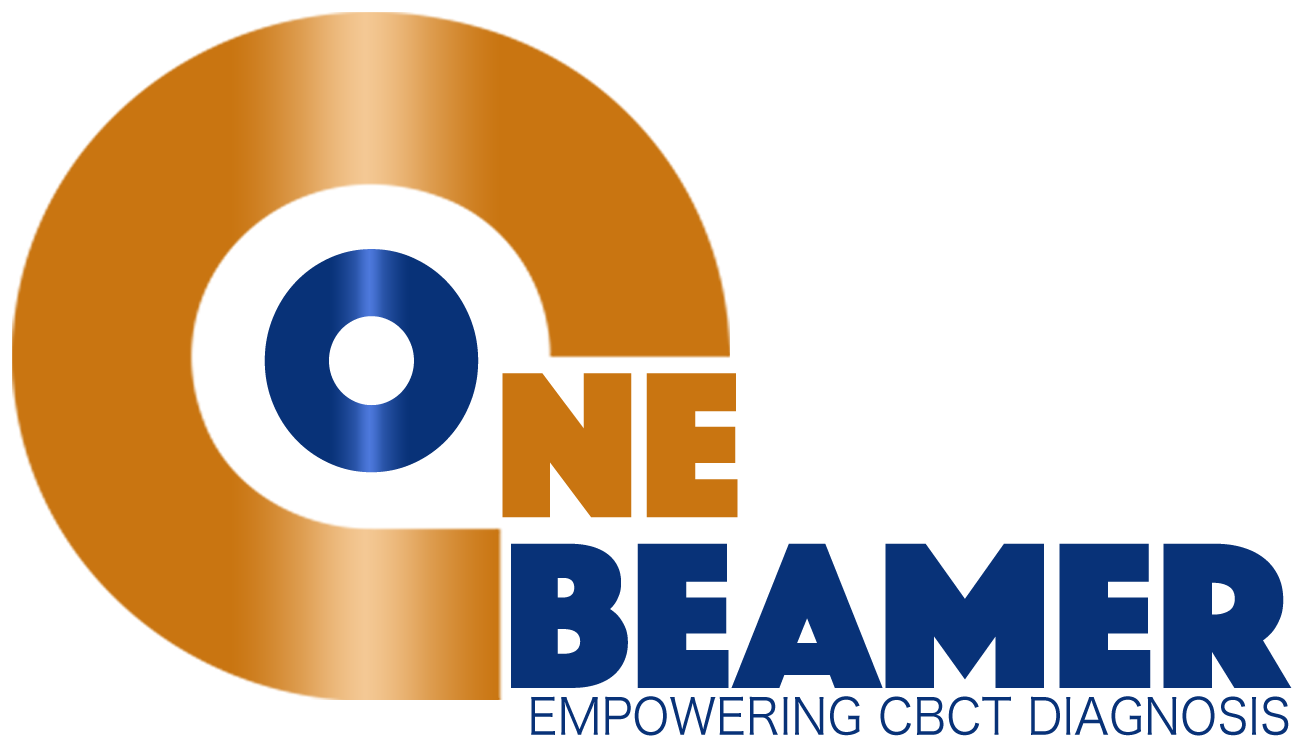Nerve Tracing with ConeBeam CT: A Guide for Dentists
Accurate nerve tracing is a critical aspect of dental treatment planning, particularly when performing procedures that involve the risk of nerve damage, such as implant placement or surgical extractions. ConeBeam CT (CBCT) imaging has revolutionized the way dentists trace nerves, providing detailed 3D images that aid in the identification and assessment of nerve pathways. In this guide, we will explore the process of nerve tracing with CBCT and its significance in dental practice.
1. Importance of Nerve Tracing
Nerve tracing plays a vital role in dental procedures to ensure the safe and successful treatment of patients. Tracing the nerves allows dentists to identify their position, course, and proximity to the targeted area, helping to avoid accidental nerve injury. This is especially crucial when planning implant placements, root canal treatments, and surgical extractions near nerve-rich regions like the mandibular canal.
2. Advantages of CBCT in Nerve Tracing
CBCT imaging provides numerous advantages over traditional radiography when it comes to nerve tracing:
- 3D Visualization: CBCT produces high-resolution 3D images that allow dentists to visualize nerves from multiple angles and perspectives, enhancing their understanding of nerve pathways.
- Accurate Measurements: CBCT enables precise measurements of nerve dimensions, including their proximity to anatomical structures, helping dentists plan procedures with utmost precision.
- Reduced Radiation Exposure: CBCT imaging requires lower radiation doses compared to conventional CT scans, making it a safer choice for patients.
- Improved Treatment Planning: CBCT images provide comprehensive information about nerve locations, curvatures, and potential variations, enabling dentists to create precise treatment plans and mitigate potential risks.
3. Tracing the Inferior Alveolar Nerve (IAN)
The inferior alveolar nerve (IAN) is a significant nerve structure often traced in dental procedures. Here’s a step-by-step guide on how to trace the IAN using CBCT:
- Capture CBCT Images: Obtain high-quality CBCT images of the area of interest, such as the mandible, using appropriate scanning parameters.
- Image Analysis Software: Utilize specialized image analysis software to view and manipulate the CBCT images. This software allows for detailed assessment and nerve tracing.
- Segmentation: Identify and segment the mandibular canal, where the IAN resides, by using appropriate software tools. This helps separate the nerve from other surrounding structures for clearer visualization.
- Curvature and Position: Evaluate the curvature, position, and relationship of the IAN to adjacent anatomical structures, such as teeth roots or impacted third molars. This information helps plan treatments while minimizing the risk of nerve injury.
- Virtual Implant Placement: For implant planning, superimpose virtual implant models onto the CBCT images and assess their proximity to the IAN. Adjust the implant position and angulation to avoid nerve encroachment.
- Simulation and Verification: Use simulation tools to virtually simulate the planned procedure and verify the proximity of surgical instruments or implants to the IAN. This step helps ensure patient safety and treatment accuracy.
4. Other Nerves and Considerations
While the IAN is commonly traced, CBCT can also assist in tracing other important nerves, such as the mental nerve, incisive nerve, or maxillary nerve branches. Understanding the course and relationships of these nerves aids in the planning and execution of various dental procedures.
It’s essential to consider individual patient variations and anatomical deviations when tracing nerves. CBCT allows for personalized treatment planning based on each patient’s unique anatomy, ensuring the highest level of precision and safety.
5. Case Examples and Clinical Applications
CBCT-based nerve tracing has numerous clinical applications, including:
- Implant Placement: Precise tracing helps determine implant position, angulation, and length, avoiding nerve injury during surgery.
- Root Canal Treatments: Nerve tracing aids in identifying complex canal systems, calcifications, and resorptions, facilitating successful root canal therapy.
- Extractions and Impactions: Tracing nerves assists in evaluating impacted teeth and their proximity to vital structures, enabling safer and more predictable extractions.
- Orthognathic Surgery: CBCT provides insights into nerve positioning for orthognathic procedures, minimizing the risk of nerve damage during surgical repositioning.
Conclusion
Nerve tracing with ConeBeam CT imaging has transformed the way dentists approach treatment planning. The ability to visualize and trace nerves in three dimensions has revolutionized implant dentistry, endodontics, oral surgery, and orthognathic procedures. By incorporating CBCT-based nerve tracing into their practice, dentists can optimize treatment outcomes, enhance patient safety, and deliver the highest standard of dental care.
============================================

